Starting on a journey toward a zero-waste kitchen is a commendable goal that benefits not only the environment but also your lifestyle and budget. Transitioning to reusable storage is a key step in this process, reducing reliance on single-use plastics and minimizing kitchen waste. This guide provides practical advice and steps to help you make the switch, transforming your kitchen into a more sustainable, eco-friendly space.
In This Article
- Assessing Your Current Kitchen Practices
- Choosing Reusable Storage Options
- Implementing Reusable Solutions
- Maintaining Your Reusable Storage
- Expanding Beyond Storage
- Engaging Your Household
- Overcoming Challenges
- Call to Action
Assessing Your Current Kitchen Practices
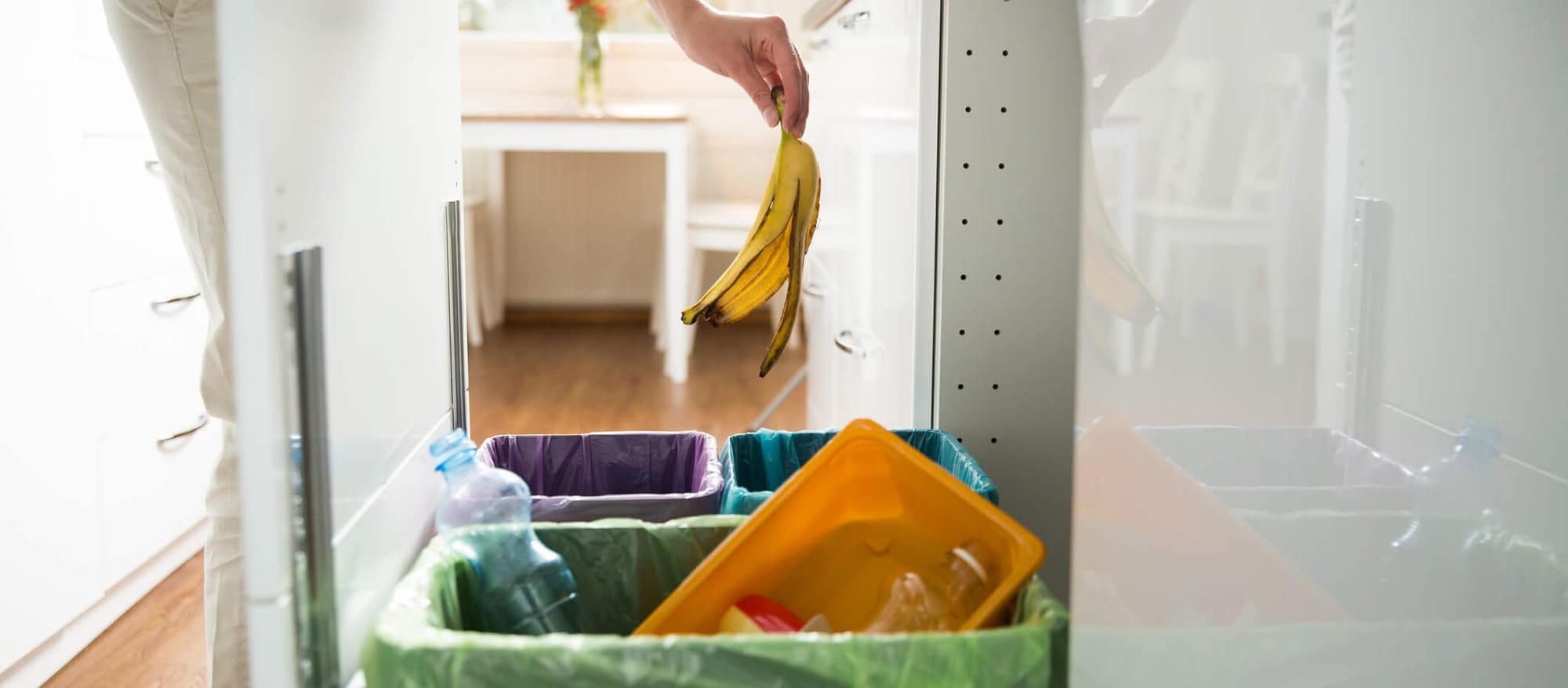
Audit Your Waste: Begin by examining the types of waste your kitchen produces. Look through your trash and recycling bins to identify the most common disposable items. You might find a lot of plastic bags, cling film, disposable containers, or even single-use coffee pods. This audit will give you a clear starting point for making changes.
Understand Your Needs: Reflect on your daily kitchen routines and the types of food storage you rely on most. Do you pack lunches every day, requiring a multitude of small containers? Or do you find yourself wrapping leftovers often? Understanding these needs will guide you in choosing the right reusable options to start with, ensuring a smoother transition.
Choosing Reusable Storage Options
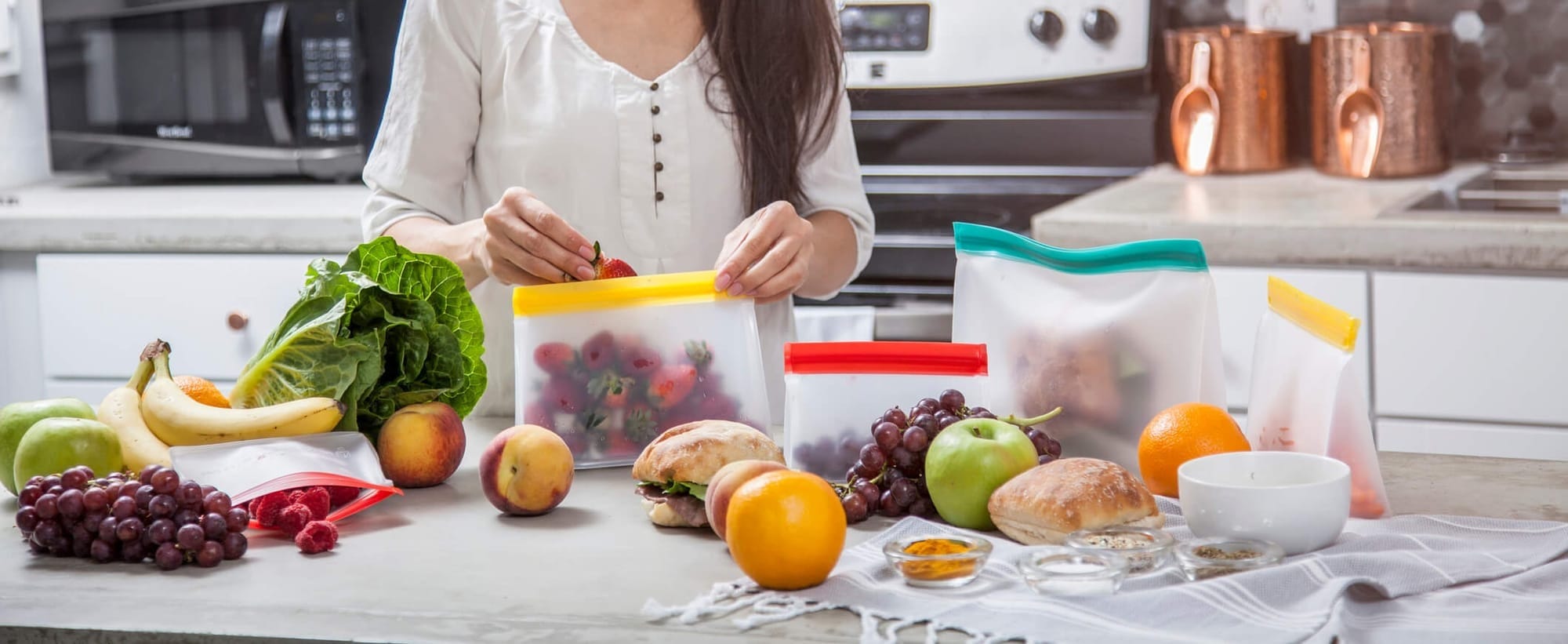
Research Materials: Jump into the world of reusable materials to find what resonates with your needs and values. Glass containers are excellent for their durability and non-reactivity, making them perfect for storing a wide range of foods. Silicone bags and containers offer incredible versatility and are particularly useful for freezing or sous-vide cooking due to their temperature resilience. Stainless steel is unmatched in durability and is ideal for packing lunches or storing pantry items.
Start Small: The shift to a zero-waste kitchen doesn't have to happen overnight. Begin by replacing items that are easily substitutable. Swap out plastic sandwich bags for silicone ones, use beeswax wraps instead of cling film, and invest in a set of glass containers that can serve multiple purposes. Starting small not only makes the transition more manageable but also allows you to gradually adapt to new habits without feeling overwhelmed.
Implementing Reusable Solutions
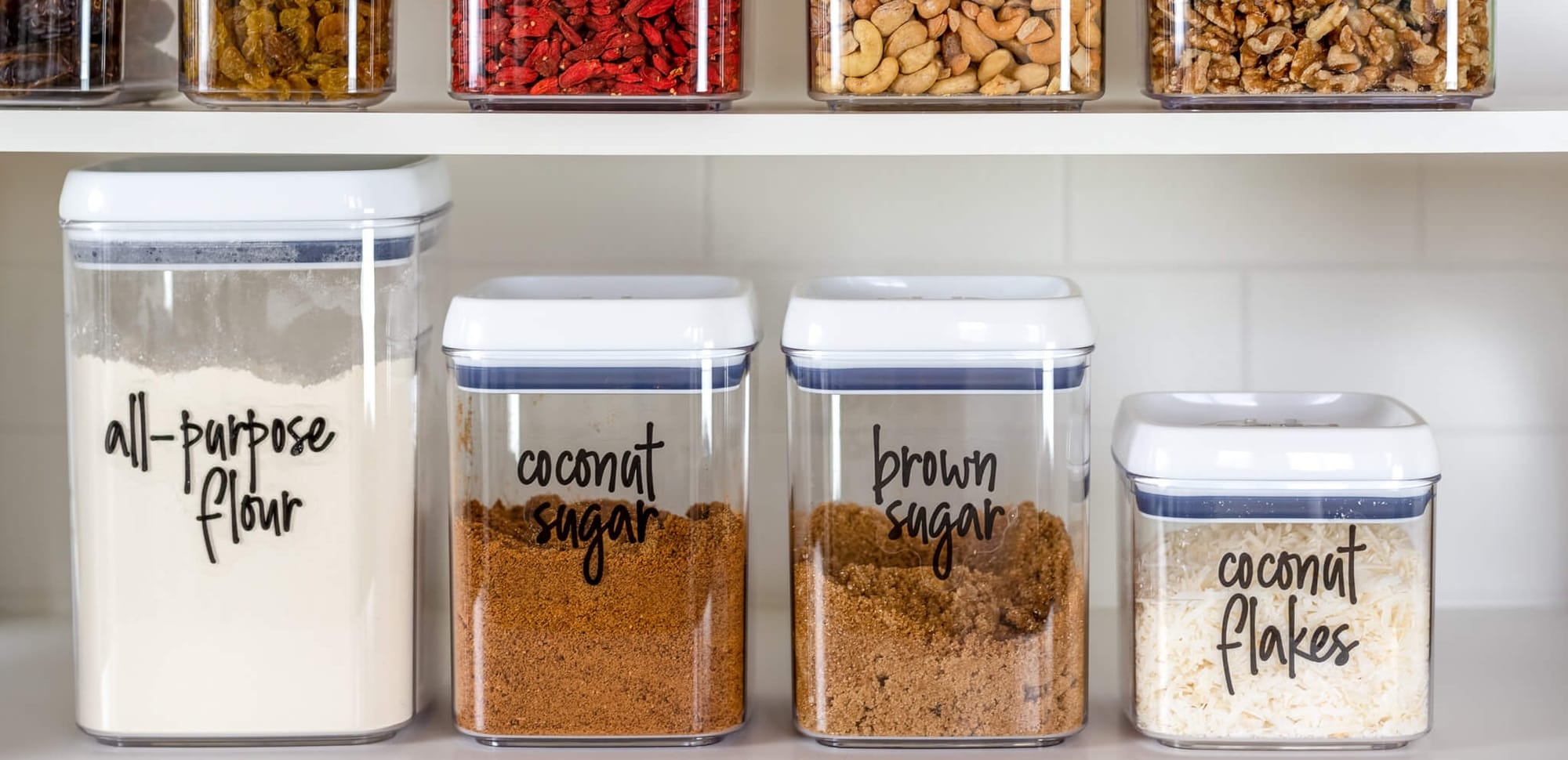
Organize Your Space: A well-organized kitchen is the first step toward a zero-waste lifestyle. Dedicate specific drawers or shelves for your reusable storage solutions, such as glass containers, silicone bags, and beeswax wraps. This visibility and accessibility make it easier to reach for a sustainable option rather than disposable alternatives.
Practice Mindful Shopping: One of the most effective ways to reduce waste is to prevent it from entering your home. When grocery shopping, bring your own reusable bags, produce bags, and containers. Many stores allow, or even encourage, the use of personal containers for bulk items like nuts, grains, and spices, significantly cutting down on packaging waste.
Maintaining Your Reusable Storage
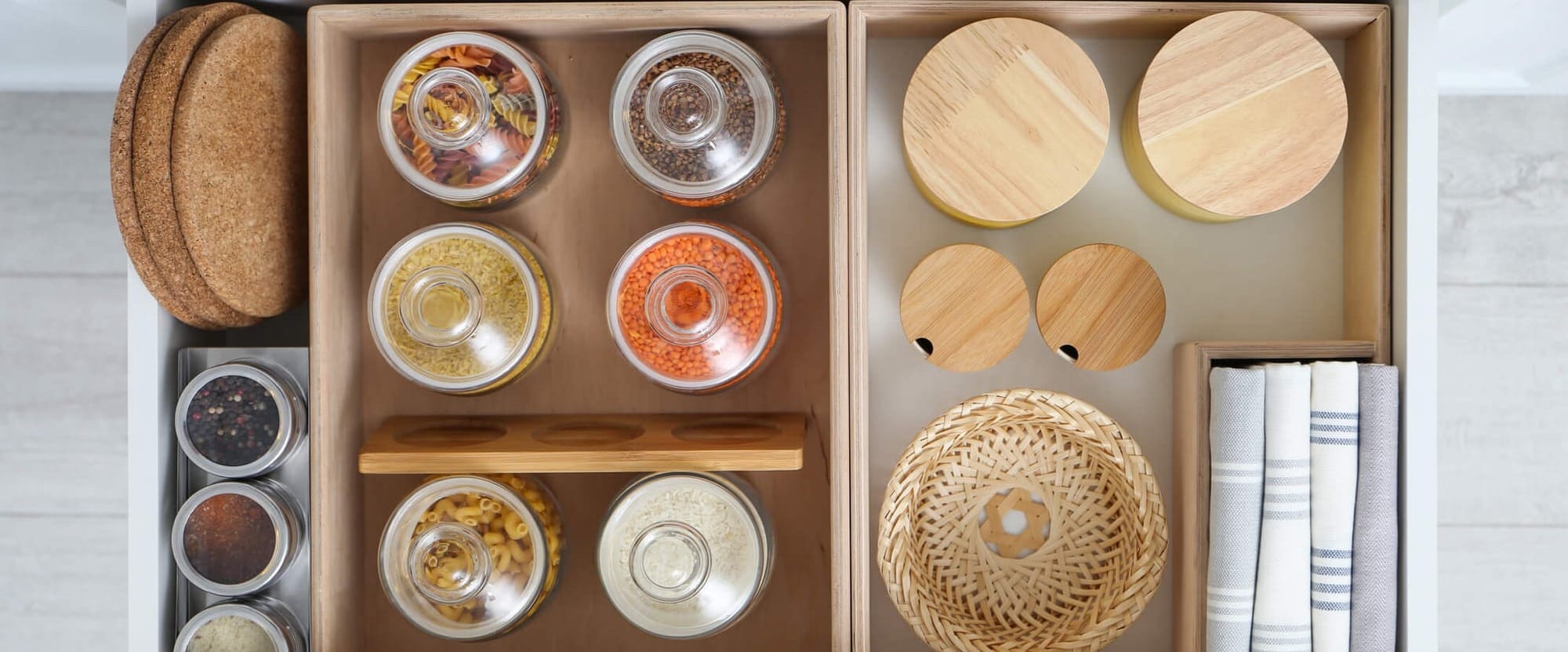
Care and Cleaning: Proper care extends the life of your reusable storage solutions. Most glass and stainless steel containers are dishwasher safe, making them convenient to clean. Silicone bags and beeswax wraps may require hand washing with mild soap and cool water. Always follow the manufacturer's care instructions to ensure your items remain in good condition.
Regular Check-ins: Over time, even the sturdiest items can show signs of wear and tear. Make it a habit to inspect your reusable storage solutions regularly. Look for cracks in glass, wear in silicone, or thinning in beeswax wraps. Repair if possible, or responsibly recycle and replace them to maintain the effectiveness of your zero-waste kitchen.
Expanding Beyond Storage
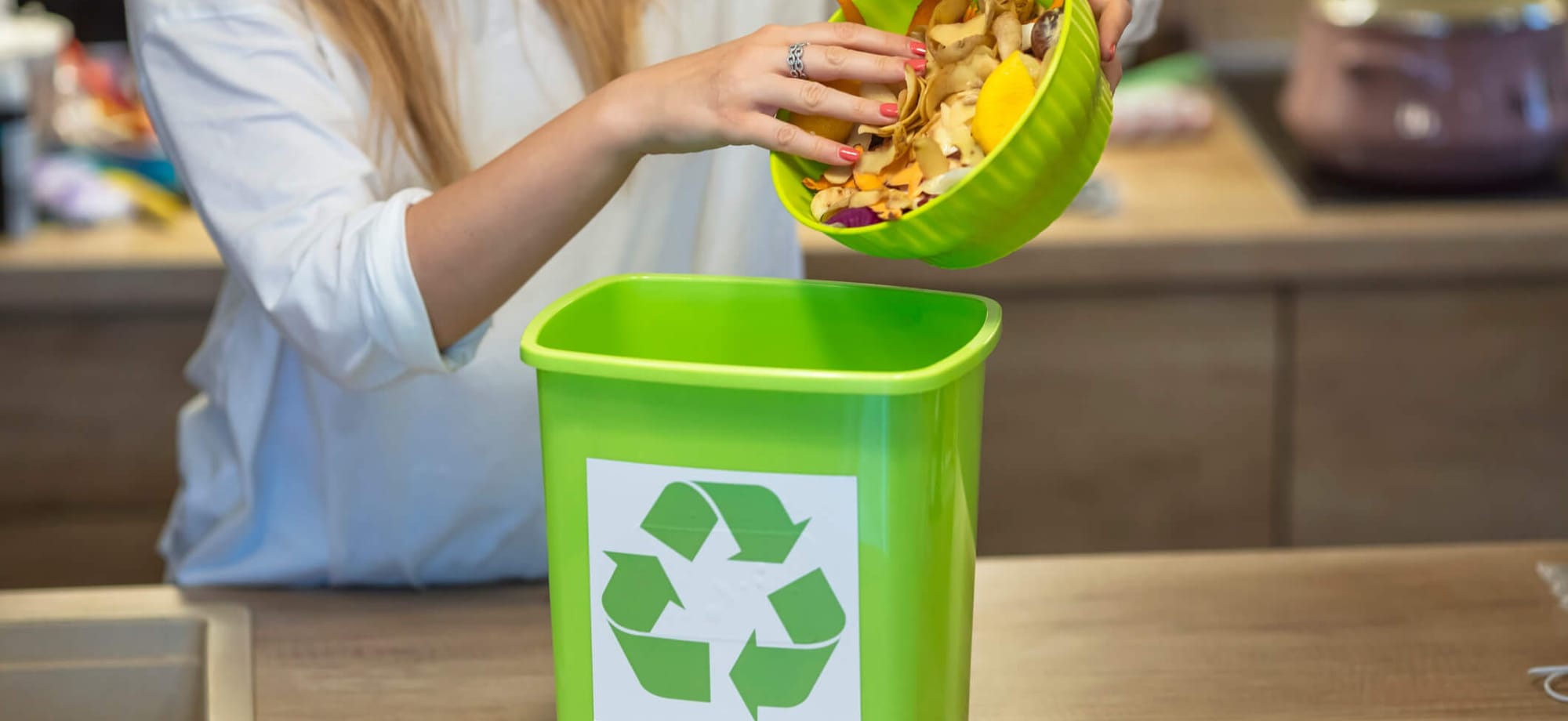
Composting: A significant portion of kitchen waste is organic and can be composted, turning waste into a resource. Whether you have a backyard or a small apartment, options like traditional compost bins, worm composting, or bokashi systems allow you to compost your food scraps, reducing your environmental impact further.
Mindful Consumption: Transitioning to a zero-waste kitchen goes beyond just swapping out storage solutions. It's about rethinking our consumption habits. Choose products with minimal to no packaging, buy in bulk, and select items that have a lower environmental impact throughout their lifecycle. This holistic approach not only reduces waste but also supports a more sustainable food system.
Engaging Your Household

Education: The journey to a zero-waste kitchen is more effective when everyone participates. Take the time to educate your family or housemates about the environmental impact of single-use plastics and the benefits of reusable alternatives. Sharing documentaries, articles, or even attending workshops together can be enlightening and motivating.
Make It a Team Effort: Involve everyone in the process of selecting reusable storage solutions and implementing zero-waste practices. Whether it’s choosing designs for silicone bags or deciding on the types of containers to buy, making these decisions together ensures that everyone feels invested in the transition. Assign roles or challenges, like who can come up with the most creative zero-waste meal preparation, to keep everyone engaged and accountable.
Overcoming Challenges
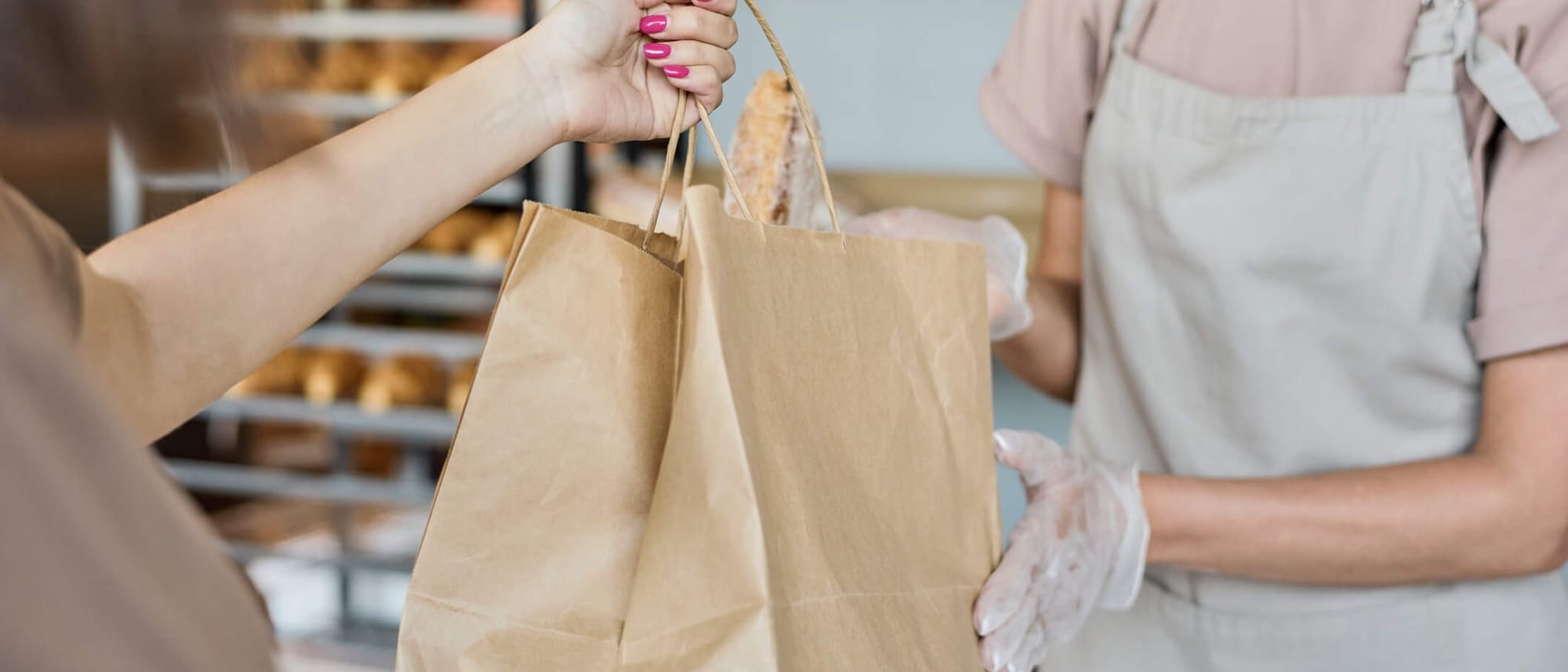
Stay Motivated: It's normal to face hurdles along the way. Whether it's forgetting your reusable bags at home or struggling to find bulk stores in your area, remember that each step towards reducing waste counts. Celebrate the progress you've made, such as a decrease in your trash output or a successful month of meal prepping with reusable containers. These milestones, big or small, are significant achievements on your zero-waste journey.
Seek Community Support: You’re not alone in striving for a sustainable lifestyle. Look for online communities, local environmental groups, or workshops where you can share experiences, challenges, and successes. These platforms offer valuable resources, from innovative zero-waste recipes to tips on maintaining reusable items, that can help you overcome obstacles and stay inspired.
Call to Action
Embracing a zero-waste kitchen is a meaningful commitment to our planet's health and future sustainability. By integrating reusable food storage solutions and adopting eco-friendly habits, you contribute to reducing waste and promoting a cleaner environment. Start with one change, like swapping out disposable sandwich bags for beeswax wraps, and gradually expand your efforts. Every action counts, and together, we can make a significant impact. Share your journey, learn from others, and remember that every step towards a zero-waste kitchen is a step towards a healthier planet.
You might be interested in: For more in-depth resources on composting, creative zero-waste recipes, and expert tips, visit Zero Waste Kitchen.





